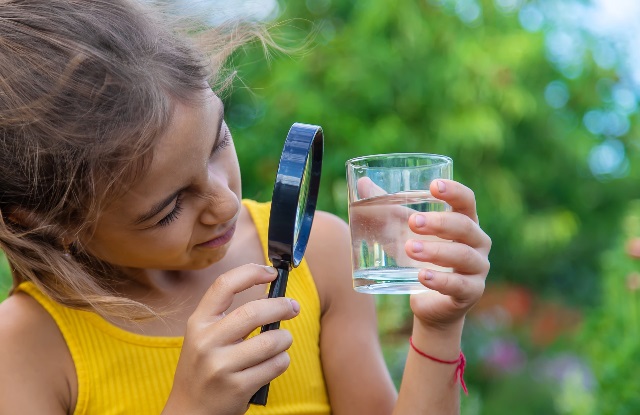Physical Address
304 North Cardinal St.
Dorchester Center, MA 02124
Physical Address
304 North Cardinal St.
Dorchester Center, MA 02124

Introduction
Ensuring safe drinking water is a fundamental requirement for public health. In this exploration, we delve into the world of comprehensive water quality testing methods, understanding their importance in guaranteeing the purity and safety of the water we consume.
Parameters Defining Water Quality
Water quality is a complex interplay of physical, chemical, and biological factors. To comprehensively test water quality, one must understand these key parameters. This knowledge forms the basis for holistic testing approaches that leave no aspect unexamined.
Regular Testing for Proactive Safety
Waiting for visible signs of water contamination is a risky approach. Routine water quality testing is a proactive strategy, allowing for the early identification of potential issues before they escalate into health hazards. Whether at the municipal, industrial, or household level, regular assessments are vital.
Microbiological Testing
Microbiological testing focuses on identifying microorganisms like bacteria, viruses, and parasites. Utilizing methods such as presence/absence tests and membrane filtration, this form of testing is fundamental in detecting waterborne pathogens.
Chemical Testing
Chemical testing assesses the composition of water, including the presence of contaminants. Spectrophotometry, chromatography, and titration are common methods used to identify pollutants that may affect taste, odor, or pose health risks.
Physical Testing
Physical testing evaluates properties like temperature, turbidity, and color. Using sensors, meters, and visual inspection, this form of testing provides insights into water clarity and identifies potential aesthetic concerns.
Advanced Testing Technologies
As technology advances, so do the methods of water quality testing. DNA-based testing, including Polymerase Chain Reaction (PCR) and next-generation sequencing, allows for the precise identification of specific pathogens.
Remote sensing, through satellite imagery and sensors, provides real-time data for large bodies of water. Nanotechnology, involving nanosensors and filtration, offers high sensitivity in detecting and removing pollutants at the nanoscale.
Challenges in Testing
Despite the advancements in testing technologies, challenges persist. Ensuring representative and contamination-free samples during the sampling process is crucial. Additionally, the complex nature of data interpretation poses a challenge, requiring the use of data analytics tools and expert interpretation.
Ensuring Public Awareness
Public awareness is integral to the success of water quality testing initiatives. Educating communities about the importance of regular testing, helping them understand test results, and promoting transparency in reporting contribute to collective efforts for safe drinking water.
Conclusion
In conclusion, comprehensive water quality testing is not just a process; it’s a commitment to the health and well-being of communities. By understanding the multifaceted nature of water quality parameters and embracing advanced testing technologies, we can ensure the ongoing safety of our drinking water.
FAQs